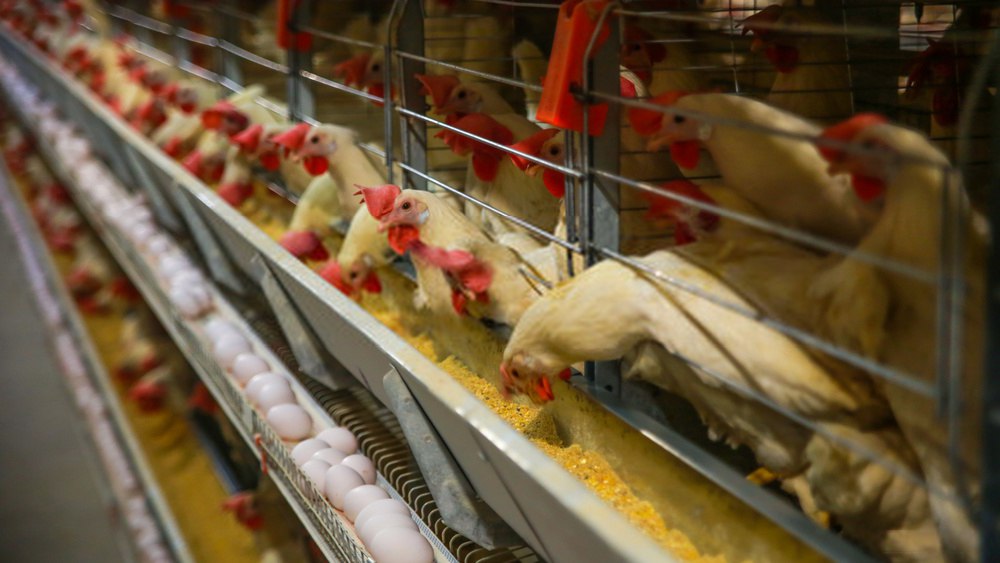Iran became self-sufficient in which basic goods in the 13th government?
According to Mehr reporter, the 13th government of Iran was formed by the 8th president, Seyed Ebrahim Raisi, on the 12th of August 1400.
What you will read below is what has been done in this government in the field of basic goods.
The monitoring of the basic goods market in the 13th government shows that Iran reached self-sufficiency in two highly consumed products, namely wheat and eggs, and positive steps were taken in the rest of the items.
129% growth in the guaranteed purchase of wheat
In the agricultural year of 1400-1401, the guaranteed purchase of wheat in the country was about 5 million tons. This number was predicted to be about 8 million tons for the agricultural year of 1402-1401, but eventually self-sufficiency was achieved in the area of wheat supply needed by the Khabazis, and the guaranteed purchase of wheat by the government reached more than 10 million tons in 1402.
In this way, the guaranteed purchase of wheat increased by 129% from 4 million and 540 thousand tons in 1401 to 10 million and more than 350 thousand tons in 1402. Also, the guaranteed purchase of wheat at the end of the 12th government was 8,500,000 tons, which was more than 10,350,000 tons in the 13th government.
Self-sufficiency for the first time in egg production:
Eggs are another widely consumed item that has replaced protein products with a higher price. In addition to wheat self-sufficiency in the 13th government (of course, self-sufficiency was celebrated in the 7th and 8th governments as well in the 80s), Iran not only became self-sufficient in egg production, but also exported.
In 2019, the production of eggs in the country was about 900 thousand tons, which reached 1 million and 20 thousand tons at the beginning of the 13th government.
In 1401, when egg self-sufficiency was established in the country, the production statistics increased to 1 million and 150 thousand tons, and for the first time, Iran exported 54 thousand tons of eggs to neighboring countries.
The self-sufficiency that continued during the thirteenth government brought egg production to one million and 300 thousand tons by the end of 1402, of which 136 thousand tons were exported with a value of about 170 million dollars.
The turnover capital of producers reached 6 times and the number of breeding flocks increased from 2 to 3 flocks, which guarantees the production of 150 tons of eggs per laying hen. This, while meeting the needs of the domestic market, leads to foreign exchange for the country.
Among other positive points of this consumer product, it is covered by 100% insurance of laying hens, which minimizes damages.
See more
www.javidstore.com
(Please enter the website without a filter.)
Qom Province Poultry Farmers Union 1 2 3 4 5
This post is written by ENTJ_Mahdi
